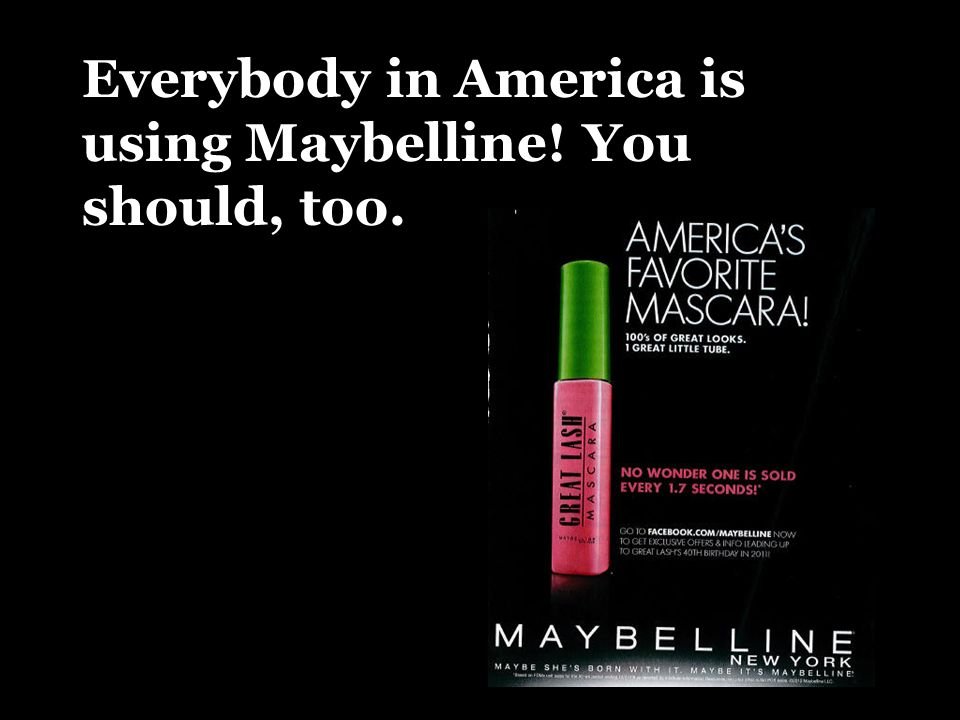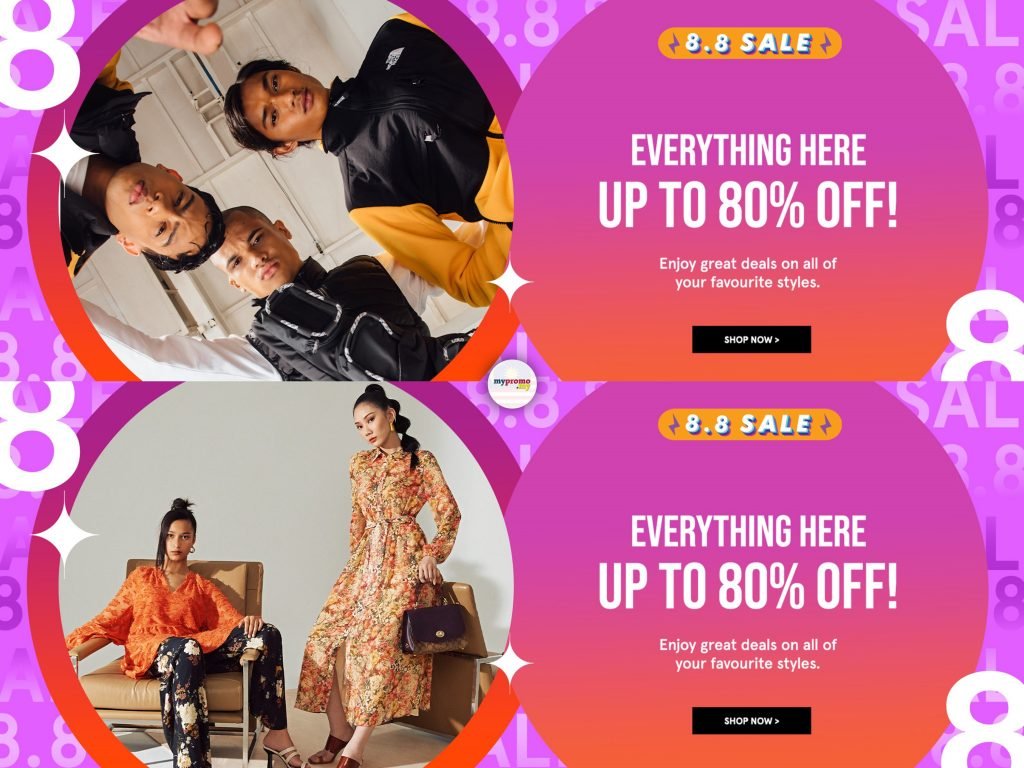What is cognitive bias and how is it relevant to marketers?
Biases are psychological tendencies that cause the human mind to draw incorrect conclusions. By and large they are ‘mistakes of reasoning’ — a form of cognitive shortcut often based on perceptions or beliefs instead of reality. Cognitive biases occur without our conscious awareness. They help us make decisions quickly and more efficiently, like if we trust a brand or not depending on whether we have seen or heard of it before. At the same time, they can impair our ability to make rational judgments, for instance, jumping to pay at the first ‘offer’ we come across without shopping around to find a better deal.
For us marketers, quantifying human behaviour is not straightforward and we end up using imagination, creativity and storytelling skills to approach consumers. To aid that approach, often unknowingly, we are on the hunt for the quintessential cognitive bias present among buyers from a category in focus — we prioritise the understanding of how our consumers think, what is it that they truly desire, and we swing between various answers almost on a daily basis.
However, this is easier said than done. Among many various kinds of cognitive biases identified, it is difficult to select one that is relevant and beneficial for a brand or product. In this 5 Lion Experts' Bytes, we aim to put a spotlight on some cognitive biases for marketers to take into account, develop a knack for it and nurture a sought after skill going into the future. The science is clear, humans take mental shortcuts and as marketers, we need to use this to our advantage more.
Which cognitive biases can we leverage in our marketing efforts?
Bandwagon Effect
When ideas and trends grow as more people adopt them. An option that is popular is simply seen as the best choice. Social proof is at the core of this bias as people tend to purchase products that are proven to be useful for others in the past.
How to use it?
Showcase high sales or adoption rates, celebrities using your products, create your own ‘gold rush’ or even go against the norm and become an ‘anti-bandwagon’ brand.
Who uses it best?
Social media apps, fashion industry, and almost every brand that sells consumable products.
Loss Aversion
When the fear of losing something drives desired behaviour. Fear of missing out (FOMO) is at the core of this bias as people tend to prefer being included in anything they perceive to be of value, a good promotion, a social conversation or fun moments.
How to use it?
Offer free trials and samples, discount coupons on larger basket sizes, or even stir up urgency through scarcity. The key is to synthesise the feeling of a ‘loss’ and encourage desired action.
Who uses it best?
Every. Single. E-commerce. Store. Highlighting what’s at stake to engage and convert customers.
Confirmation Bias
When we look for information that confirms our perceptions. Often a post-purchase concept where consumers rationalise their purchases as a reasonable and prudent decision. Desire to be right is at the core of this bias as people hold onto their beliefs strongly.
How to use it?
Develop an understanding of lifestyle-related beliefs among your audience and confirm their existing beliefs with the help of relevant stereotypes, cliches and/or accurate representation.
Who uses it best?
Food & beverage brands in their efforts to increase relevance of their products in the everyday lives of their consumers by tapping into the pre- or post-consumption feeling.
Mere Exposure Effect
When preference is higher for things that seem familiar. With the core of this bias being familiarity, people tend to demonstrate higher preference for brands or products they had noticed in the past and attributed it to a quality or trait.
How to use it?
Sway consumer decisions by associating your brand or product to things that are already part of your audiences’ life in order to initiate connections with potential consumers faster.
Who uses it best?
Sport brands with team sponsorships.
In-Group Favouritism
When we favour brands that fit with a group we are part of. Where individuals in a shared group purchase similar products and services as the core of this bias is social identity and in-group always trumps out-group choices.
How to use it?
Create a strong sense of community around your product or service, a sense of ‘us, the users” versus ‘them, the non-users’ and use social networking to host and nurture the community.
Who uses it best?
Video games rely heavily on the in-group bias to increase average-spending-per-gamer and overall sales.
How can the use of cognitive bias add value to marketing efforts?
Across the purchase journey and through every interaction with a brand or product, whether offline or online, consumers navigate through numerous stimuli like prices, promotions, logos, visuals, celebrities, and more to choose how they spend their disposable income. In addition to creating interest among consumers through creative muscle, the incorporation of cognitive biases in marketing efforts helps to create impact through behavioural nudge, and if done right, acts in favour of the brand.
Curates a familiar environment
A marketing effort targeting a desired action requires a stable environment to be effective. Using cognitive biases to craft simple and easily understood messages helps a great deal, especially when brands increase exposure through repeated ads and retargeting — i.e. chasing consumer trust through familiarity.
Leverages on contextual nuances
Maximising on the natural opportunities stemming from the life and environment of consumers. The key decision is whether to alter an existing habit due to moments of disruption in life or to piggyback on existing habits to form a mental relationship between the existing habit and desired action from brands.
Acts as a cue and triggers action
In many scenarios, cognitive biases are designed and incorporated to trigger action. Over time, with increased exposure to various media, a brand is able to cue the desired behaviour by removing mental barriers and utilising cognitive biases as prompts.
Conclusion: What can we do moving forward?
Cognitive biases can lead to inaccurate or desirable conclusions. As the focus of consumers sways towards certain kinds of information while overlooking the rest, it is vehemently important for marketers to strengthen their understanding of cognitive biases at play among their consumers and use that to position a brand or product as the more obvious choice.
In a world where consumers are constantly exposed to information and various media, the emphasis needs to shift — capitalising on pre-existing cognitive biases and curating behavioural change to increase effectiveness and achieve desired business results needs to be the utmost priority.
About this series: Lion Experts’ Bytes is a series where Lion & Lion experts share tips and insights on different aspects of the ever-evolving marketing landscape, from social media, creative, strategy to digital marketing.
Need assistance in understanding the biases of your audience? We can help you there.











